How to Make your own Pasta Madre for Panettone
- Lily Ong
- Aug 1, 2023
- 5 min read
Updated: Feb 17, 2024
Pasta madre and lievito madre are used interchangeably, I noticed, but I've always used pasta madre. So, let's stick to that. This is the most common question I receive. How do you make one from scratch? My answer has always been "it's a long and tedious process that involves patience and optimism". That's the only thing I can say on Instagram because I couldn't write more. So, I've decided to share with you how I made my own pasta madre from scratch. I tried 2 methods. One, is from using my existing liquid sourdough, and another, using apple yeast water.
Edited** If you'd like to see how I do it, here's the video, and this (link) is the accompanying blog post that you'd need to read.
When I first started with apple yeast water, there was only 1 reference, and that's the blog post by Bake Street. Then I found Maria on her blog and Instagram. Her blog post was very helpful too. I reached out to both, and only Maria responded to me on Instagram, patiently answering my questions. Honestly, I don't like asking people questions, sending DMs to people who don't know me. I feel like I'm intruding in a way, and I didn't want to appear to be entitled to answers just because they put up a blog post. Anyway, I'm very thankful that Maria answered. I was completely clueless back then.
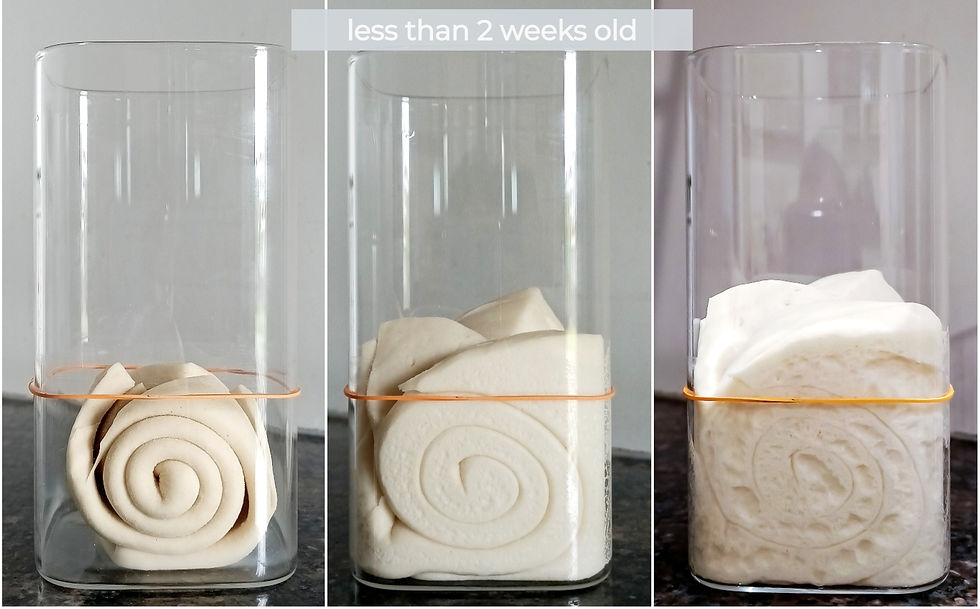
Instead of regurgitating what they both wrote, let me share with you my own challenges and what I would have done differently if I were to make my own pasta madre (PM) again. So, you might want to study their blog posts too.
Apple yeast water
Instead of fermenting it only for a day, I would let it ferment for at least 3 days. There was very little activity after only 24 hours. I would also add a tsp of sugar to 1 green apple. Keep it at a steady 28-30C environment and shake it every 12 hours. Then proceed to feed it with flour and the anaerobic fermentation process.
Flour
You need to use bread flour, not all purpose flour. When I cultivated mine, I used Caputo Manitoba Oro. You can also use Bobs Red Mill's Artisan Flour. Be prepared to use lots of it. You might need 10kgs to start off. You need to feed the pasta madre every single day for it to get going.
Water
I'm lucky that I get really good quality soft water. My filtered water gets the job done. My hometown is famous for its mountain water that even our skin looks better and food tastes better. LOL! It's the old wives tale anyway, and many people from other places believe it.
First picture on the left shows what it looks like after the 48-hour anaerobic fermentation. Then I proceeded to feed it and let it rise. Here, I started to be more and more clueless. Because I only followed instructions blindly, I did not know what I should be looking for. After a few years of taking care of my PM, now I know. Take note of your...
Temperature
Your ambient temperature plays a huge role in fermentation. If it's cold, it'll take longer. If it's warm, the PM will ferment faster. Initially, it'll take longer for your PM to ferment because it is still weak. Later on, you'll notice your PM grows faster and when submerged in water, it doesn't disintegrate as quickly. If you're in the similar environment as me, temperature ranging from 28-32C, you'll need to use cold water. If you're fermenting it in room temp, you'll need to know that by the 6th hour, it might already peaked and you'll have to feed it again. If you keep it at 20C, you might get away with feeding it every 12 hours. So, make use of ice packs, cooler bags or maybe a wine chiller if you have it.
Patience and persistence
The next 7-10 days will feel really long. You're still new to this, and you're observing everything, taking note of everything. Every little change might be new to you. Sometimes, there will be a couple of days when there is little activity and you'd be wondering OMG did I do something wrong??! My advise to you is, just stick to the process. Chill. Have lower expectations (HAHA). Your PM will not triple during these few days. It might, if you're lucky, but I doubt it will triple consistently. If I tell you yes it will triple, you'll be waiting for it to triple and then wonder what went wrong if it didn't. So, be happy it doubled. Such tough love, right? A healthy active PM should grow 2.5X and more. In time, your PM will do that. My point is, for the two weeks, be a bit more patient, and just keep feeding.
Picture below shows fermentation during the day at 29C. The flour I used was still Caputo Manitoba Oro. I fed it 1:1:0.4 (PM:Flour:Water). This was 1 month of consistent feeding, twice a day.
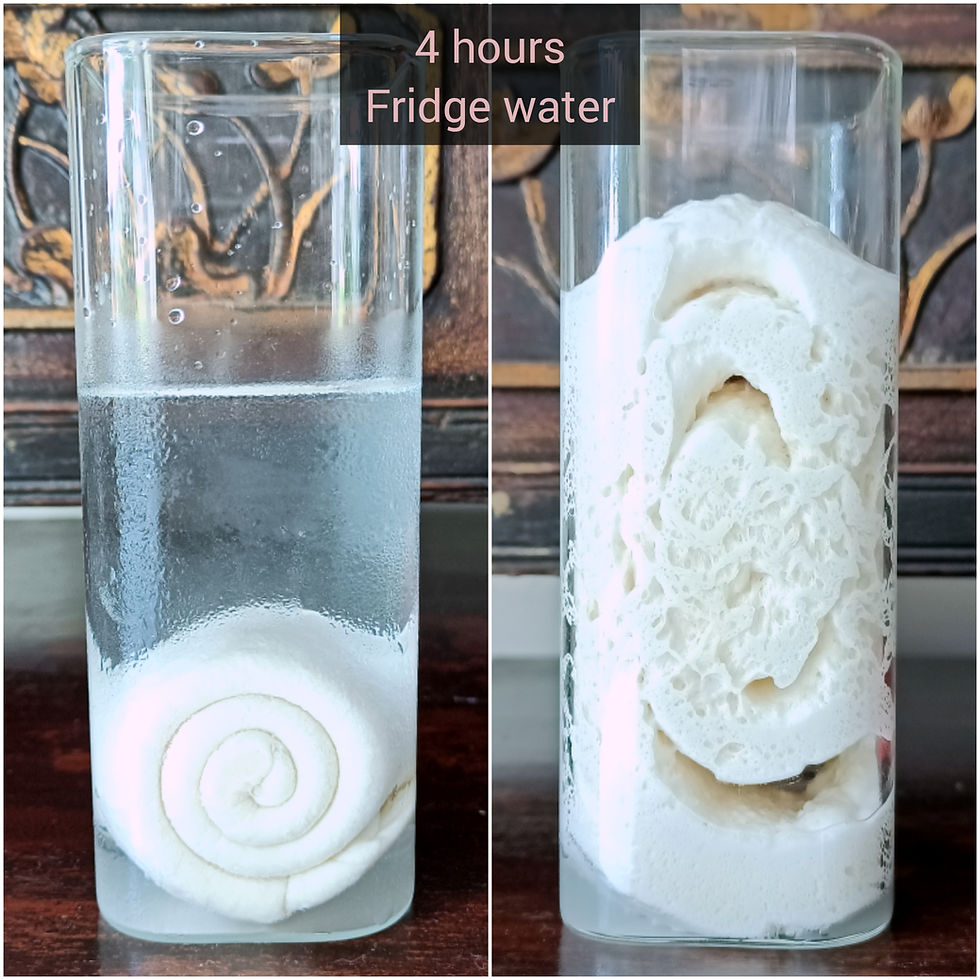
I changed to dry maintenance after the first 10 days of water management. I didn't enjoy submerging my PM in water because it was too messy for me to handle. Dry maintenance basically means feeding it and letting it grow in a container, without any water. I did not tie it either. Sometimes, I'd submerge it in water just to see the reaction of the PM. If I remembered correctly, I trained my new PM for 6-8 weeks before making my first batch of panettone. I was afraid my PM wasn't strong enough and it was my first time making panettone ever! By the way, here's the classic panettone recipe if you're interested.
If you're making the PM using your existing liquid starter, just gradually reduce the hydration of your starter until you reach about 40-45% water. The growth of my starter went from 4X to 3X to only double when I went down to 40%. Then, maintain as you would a regular PM. One feed in the day and another cold rest at night. My experience is that the apple yeast water makes a way stronger one, even though the process is longer. So, I definitely recommend that. I threw away the one I made using liquid starter.
Bagnetto
Video shows how to bathe your PM. This process is where you cut up your PM and let it sit in the bath of water+sugar (1L water + 2g sugar) for about 15-20 minutes. Many blog posts and instagram posts I've read mentioned that you have to bathe your PM every day before feed. I find this to be counterproductive for a new PM. You want your PM to actually have the right acidity, and bagnetto, in short, resets your PM's acidity. When my PM was still new, I would bathe it, because, you know, I was following instructions blindly. And every time after I bathed my PM, it would take ages for the PM to grow. As soon as I stopped bathing my PM, I saw improvement in its health. So, even until now, I do not do bagnetto regularly. I only do it if I noticed something is off with my PM, or before I need to use it for production. I think it's important to know why we do something and if it's absolutely necessary, based on your individual PM.
Good luck in making your own pasta madre! There's a sense of satisfaction and obsession when making your own. I think it's definitely an experience you shouldn't miss. It's just different, compared to getting it from someone else. You know what I mean? It also helps you know your PM inside out. A great learning experience!
Happy baking!
Lily






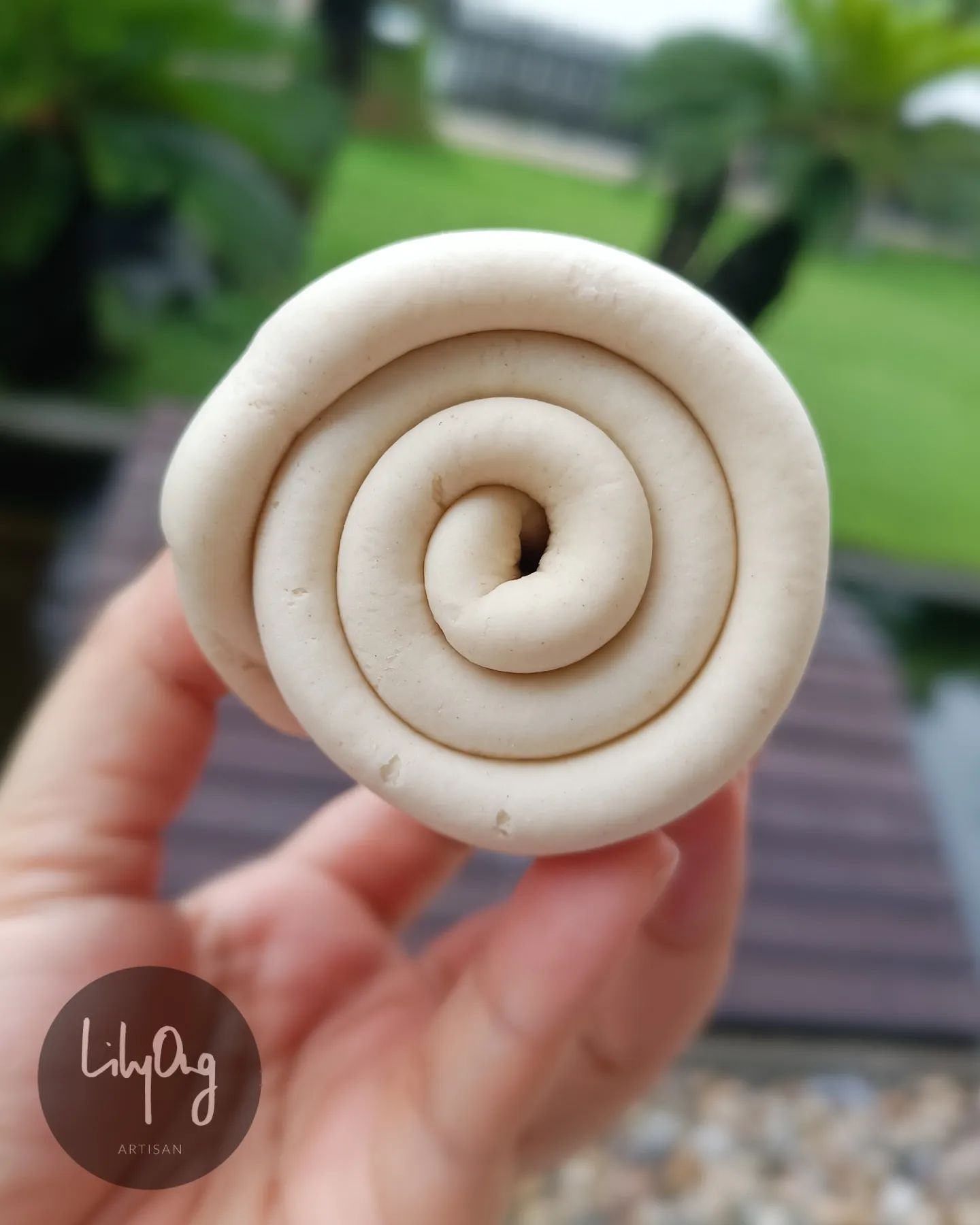
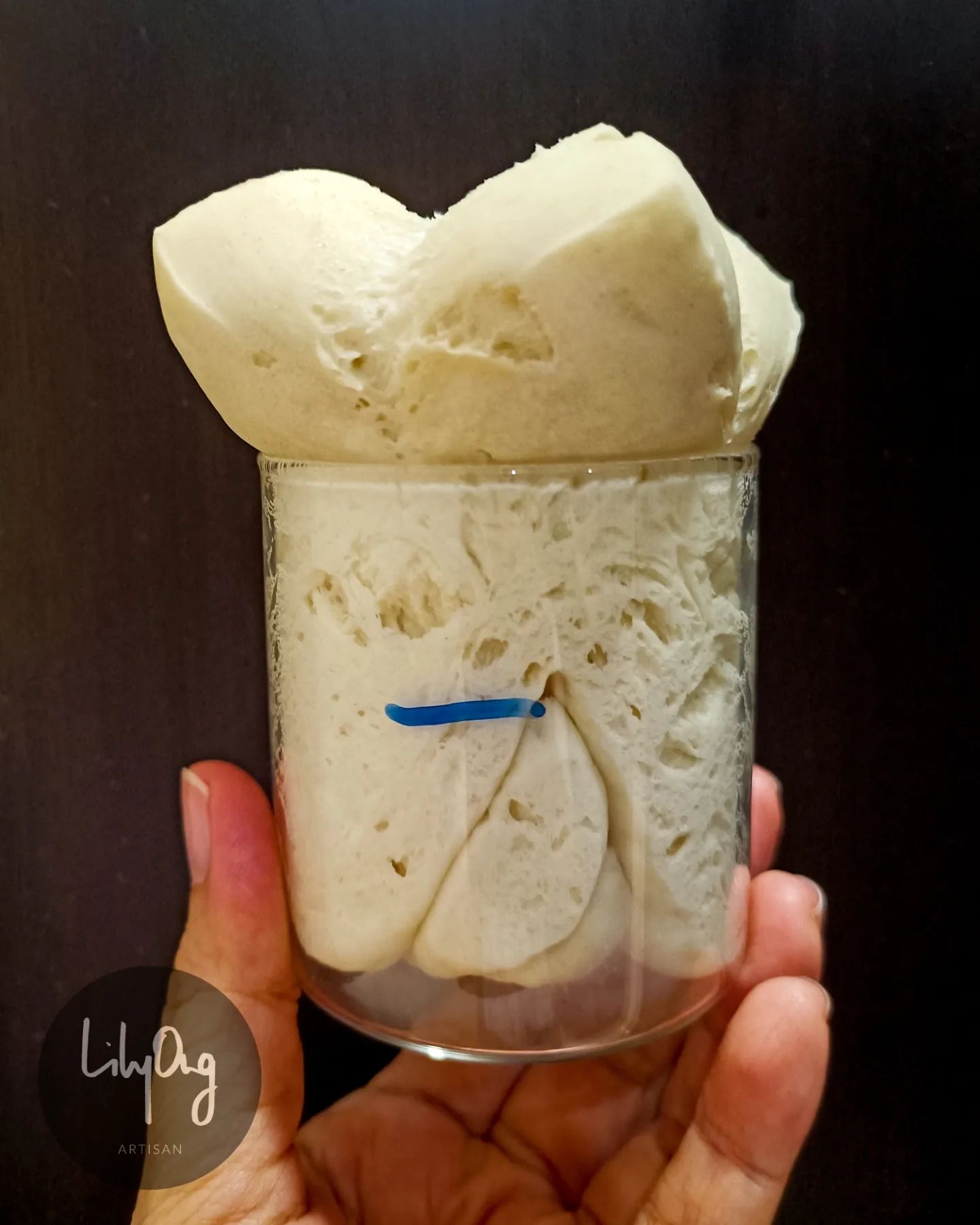
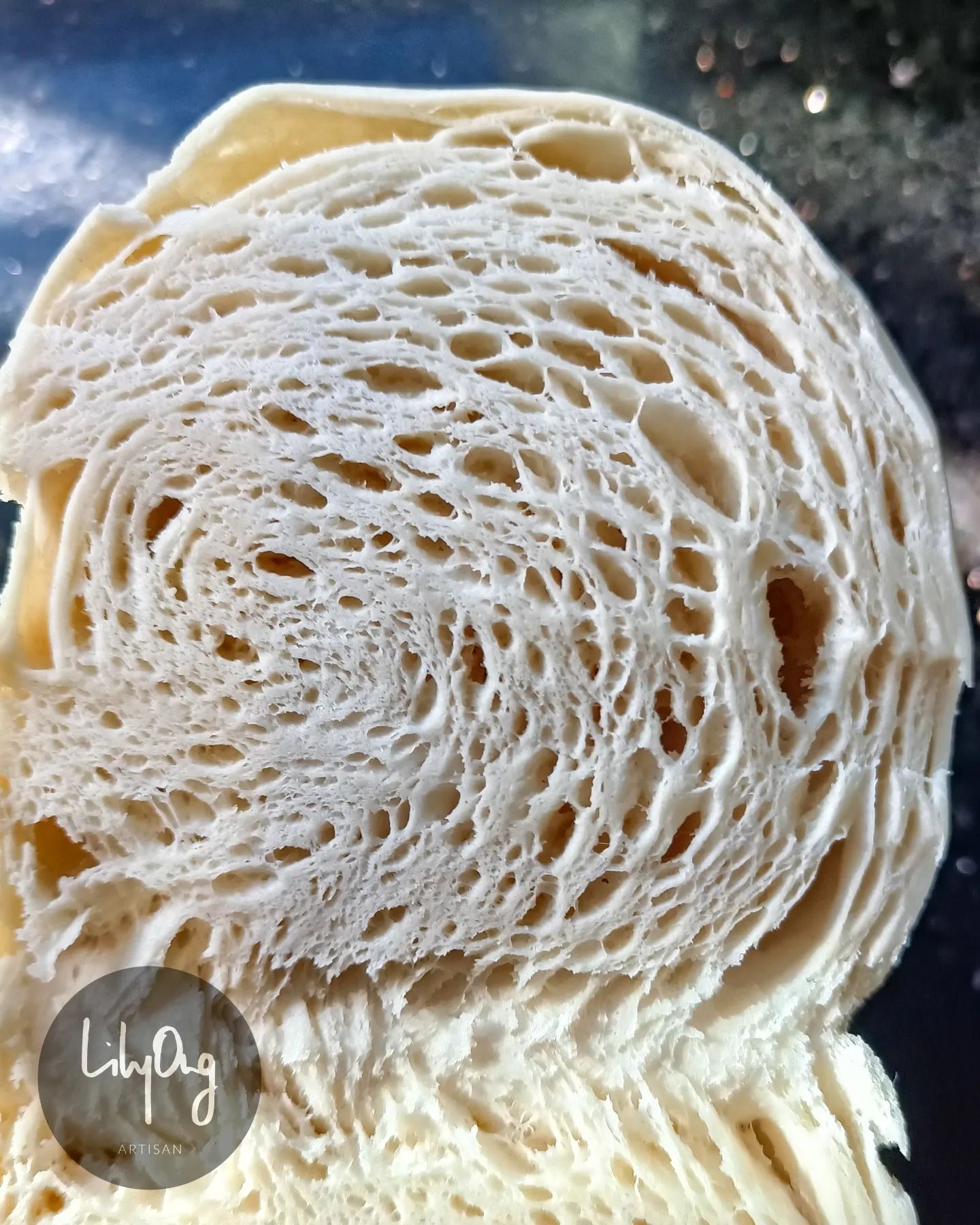


Hello. Can I ask you a question: did you grow PM by keeping it in water?
wow. this is so valuable i thank you so much for your info! I tried several times and thought i had a strong pm which eventually died every time. I start fearing its my flour. How do I know if my flour is nutrient rich enough? I have strong boulangerie flour 13% protein, but it doesnt say bread flour on it. I'm wondering if its too processed to make a pm? should I maybe mix in 25% of my strong canadian bread flour?
May l know where you bought Caputo Manitoba Oro. flour from Malaysia?
Hi lily,
My PM pH dropped faster than its increase in volume. How do I correct it?
I mean, c'mon, you've got to be kidding me. This is positively one of the greatest things I've ever seen [period]